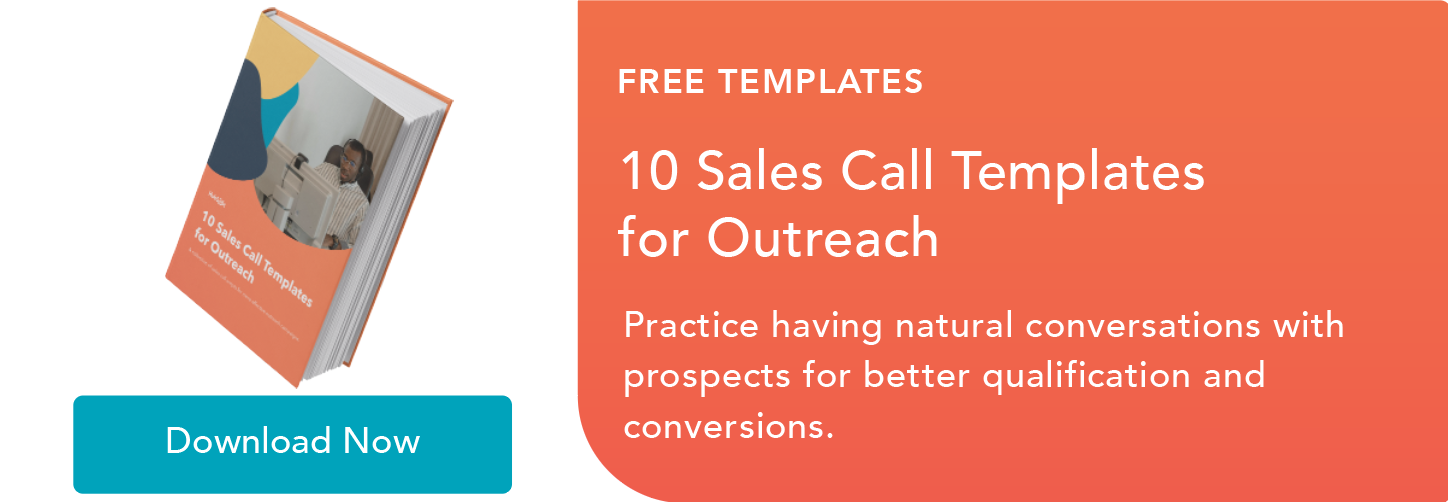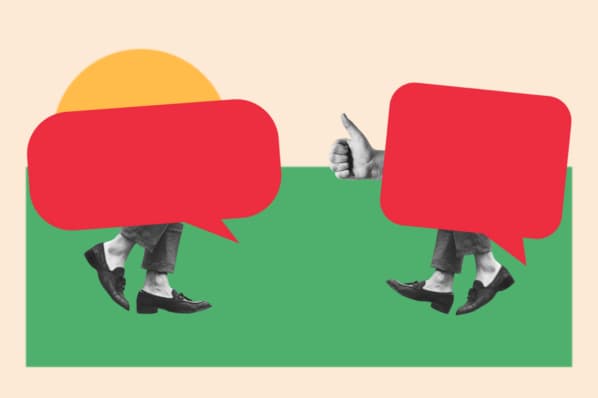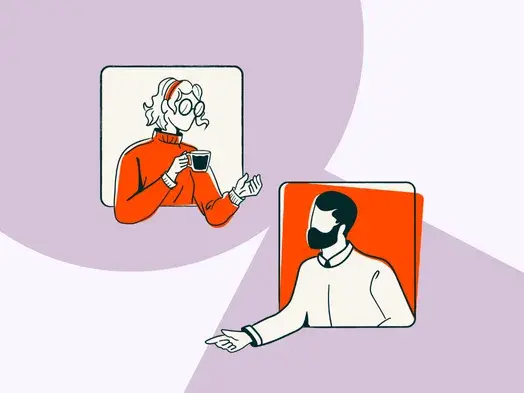Help your team members differentiate themselves by training them on the power of sales tie downs: what they are, how to use them, and mistakes to avoid. You’ll build trust and rapport as well as growing your bottom line.
What are sales tie downs?
If you perform in a vacuum, how are you supposed to know how you’re doing? Customer insights and responses are key when knowing how your sales pitch is landing. Without any response from the customer, you don’t know:
- If you’re doing a good job and your points are resonating.
- If the prospect understands the value of what you are selling.
- Whether or not you need to change your approach to better reach them.
- When the appropriate time is to close the deal.
Using sales tie downs allows you to check your assumptions around each of these points. They also get your customer engaged and saying “yes” before the time comes for you to go for the close. Building up slowly can make things feel much more natural to your customer.
Everyone has been there: the presentation is going. The speaker is presenting. But, the information is going in one ear and out the other. Prospects can tune out for many reasons, but sales tie downs help you re-engage them and keep them involved in the process, rather than just speaking at them about your product. It makes it a conversation rather than a monologue.
Here are a few great sales tie downs that you can sprinkle into your presentation or conversation with your prospects:
- Do you know what I mean?
- Does that sound right?
- Shouldn’t it?
- Do you agree?
- How does that sound?
- Does that make sense?
- Isn’t it?
Sales tie downs don’t have to be long, elaborate sentences. Often, it’s just as good to pepper them in casually. If they seem too crafted or artful, you may actually lose trust rather than gain it.
How to Use Sales Tie Downs
Almost any question can be a sales tie down if you use it appropriately. Here are a few different ways to implement sales tie downs in your sales pitches and cycles.
Don’t make assumptions.
Instead of moving forward with an assumption in a sales pitch, use a sales tie down to double-check your assumption.
For instance, you can make a statement and then, rather than continuing with your pitch, take a break to ask, “Does that make sense?” This question allows the prospect to breathe and reflect and lets you double-check how your pitch is landing. If needed, you can take the time to explain something that didn’t land and uncover information about where your prospect’s attention is.
Respond to nonverbal cues or tones.
It can be really easy to glaze over a slight head nod or an approving “mm!” or “oh!” from a customer. Instead of moving forward without responding to their appreciation, use a sales tie down to react. For instance, if you’re pitching a feature and a prospect raises their eyebrows excitedly, you could say something like “Is that something you could use?” or “Pretty cool, right?” That lets them confirm what it is that they are excited about. Use that information to hone your pitch.
Get re-engaged.
The average human attention span lasts about 10 minutes. That means that, depending on how long your sales pitch is, you’re probably pushing past the limits of what most prospects can commit to. Take mini-breaks within your pitch to ask sales tie downs and re-engage your audience.
For example, you could say, “I know I’ve shared a ton of information. Does it all make sense? Is there anything you’d like me to double back on?” This gives them a chance to come back to the conversation, and you can take a break from pitching.
Reiterate something they’ve already told you.
Nothing builds trust like letting someone know that you’re listening to them. A great way to build rapport and use sales tie downs with your prospects is to reiterate something that they said in the past and relate it to your current conversation.
Say, for instance, that you’re selling software to help manage outages. You might say something like, “You mentioned that you’ve had 28 hours of downtime due to outages—would you like to talk more about our specific product that could alleviate that pain?” The customer will feel pleased that you remembered the details. You can also really emphasize the value of your product features and how they’ll make a direct impact on your prospect’s life.
Respond to buying questions.
If a customer asks you a buying question, answer their question and be sure to include a sales tie down. If they ask, for instance, “How much does this feature cost?” you might respond with, “That feature costs $15 a month. Does that fit into what you’re looking to spend?” This response answers their question and opens up an opportunity to continue the conversation. If they aren’t happy with the price, you’ll be able to keep talking about it.
Pitfalls of Sales Tie Downs
Sales tie downs sound pretty great, don’t they? However, there are still some things to be cautious of when starting to use them:
- Avoid using them too much. If you use too many, sales tie downs start to sound fake and stilted.
- Try not to sound pushy. If you wouldn’t use a specific tie down with your family, don’t say it to your prospect.
- Pay attention to your tone. You don’t want to sound threatening or argumentative.
- Don’t just parrot statements back at your prospects. You want to show them that you were listening and engaged, just like you want them to be.
- It’s not just about getting a yes. Sales ties downs are a great way to get extra information about how your customers feel about the deal.
Be mindful of your usage, and sales tie downs may be one of the most potent tools in your toolbox. However, use them too much, and they may push your customers away.
Sales Tie Downs Help Close Deals
When your customers feel like they are listened to and have an open dialogue, they are more likely to share critical insights. Key insights help you craft better, more meaningful presentations and cultivate more trust as you go through your sales cycle.
You don’t need to reinvent the wheel. Many of the most effective sales tie downs are just two or three words added to the end of a meaningful, informative sentence. Pay attention to how your prospects respond, and you can shift your strategy as needed.
Use sales tie downs as a listening tool rather than a way to regurgitate information. The more you understand your customers, what they care about, and where you stand with them, the better.
Sales Communication

.jpg)


![Active Listening Techniques To Use On Your Next Sales Call [+ Examples]](https://53.fs1.hubspotusercontent-na1.net/hubfs/53/active-listening-1-20250218-4164086.webp)
![How to Reply to a Sales Rejection Email From a Client [+ Templates]](https://53.fs1.hubspotusercontent-na1.net/hubfs/53/timing-objection-responses-1.jpg)




%20(1).png)

